Tasks that once required hours of manual work can now be done in seconds with the help of AI tools.
One of the most talked-about developments is the rise of AI-generated UI kits. These are pre-built sets of user interface components—like buttons, forms, menus, and cards—created entirely or partially by AI systems trained to understand good design patterns.
For some, this is an exciting development that promises faster workflows and greater efficiency.
For others, it raises a big question: If AI can generate usable, attractive UI kits in seconds, what happens to the designers?
Let’s take a closer look at how AI-generated UI kits are changing the game, what they offer, and why human designers are still essential.
What Are AI-Generated UI Kits?
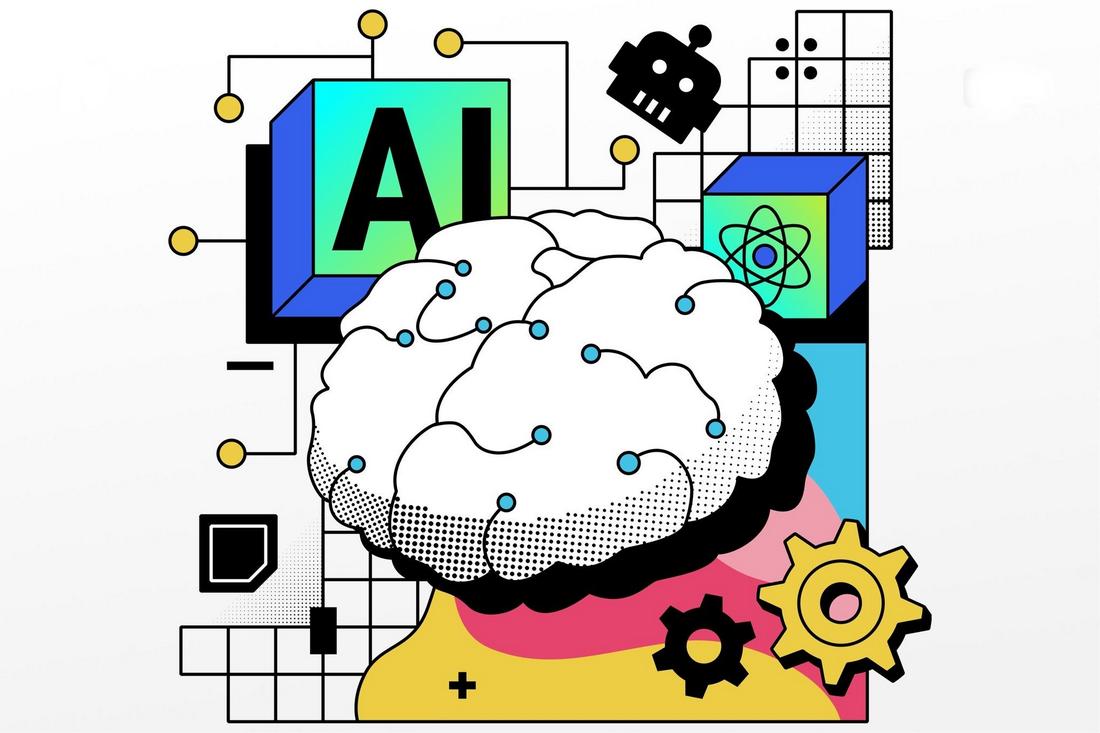
AI-generated UI kits are collections of interface components created by machine learning algorithms or generative design systems.
Tools like Uizard, Galileo AI, and Locofy AI can turn simple wireframes or text prompts into polished, clickable UI components. Some tools even generate code or export directly into platforms like Figma or React.
These kits aren’t just pre-designed templates—they’re often customized to fit a specific style, brand, or platform.
AI can analyze input data, recognize patterns, and generate components that follow best practices in spacing, accessibility, and responsiveness.
What used to take hours of manual tweaking can now be done in minutes with a few clicks.
Why AI UI Kits Are Gaining Popularity
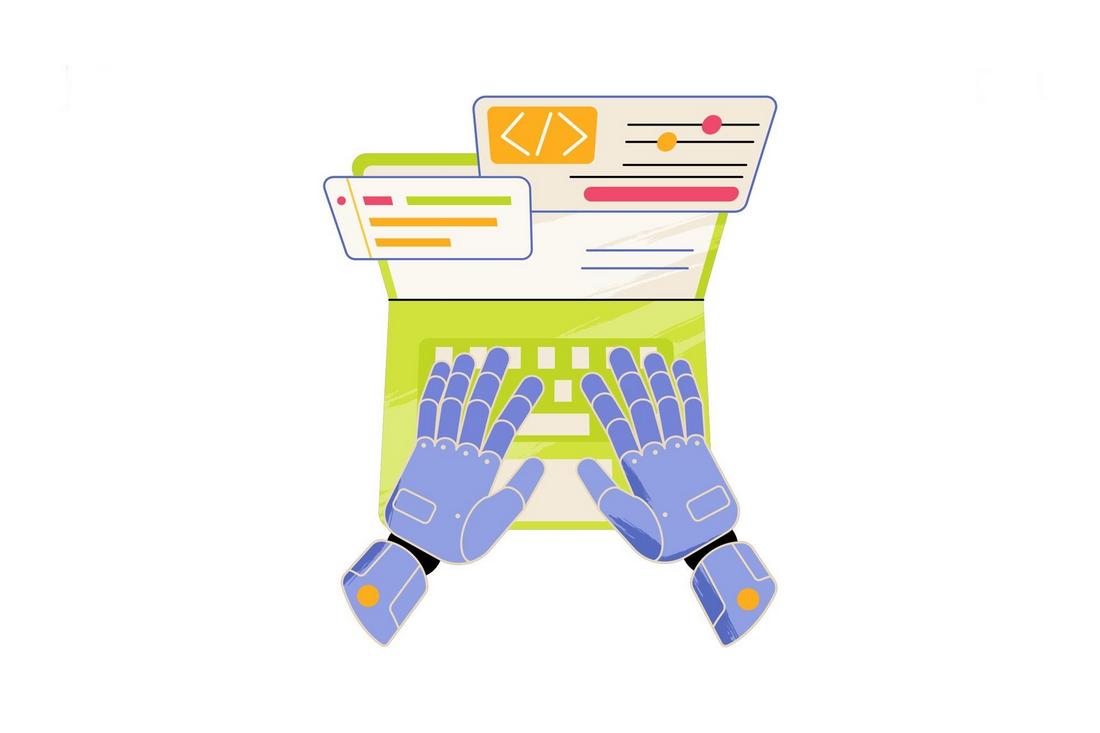
According to a survey done by 99Designs, 52% of the 10,000 freelancers who participated in the survey claimed they are already using generative AI tools.
Speed and Convenience
Designers can now go from an idea to a visual interface in a fraction of the time.
Instead of manually placing every button and choosing every color, AI can build a first draft in seconds—saving hours during early-stage design.
Accessible for Non-Designers
AI-generated UI kits are a powerful tool for startups, marketers, and product teams that don’t have a dedicated designer.
These kits offer usable, well-structured layouts that can be customized, making it easier to launch MVPs and test ideas quickly.
Consistency and Standards
AI systems are good at applying rules.
That means AI-generated components often follow standard usability practices, consistent spacing, and modern design conventions—reducing the chance of basic design errors in layouts.
What AI Can’t Do (Yet)
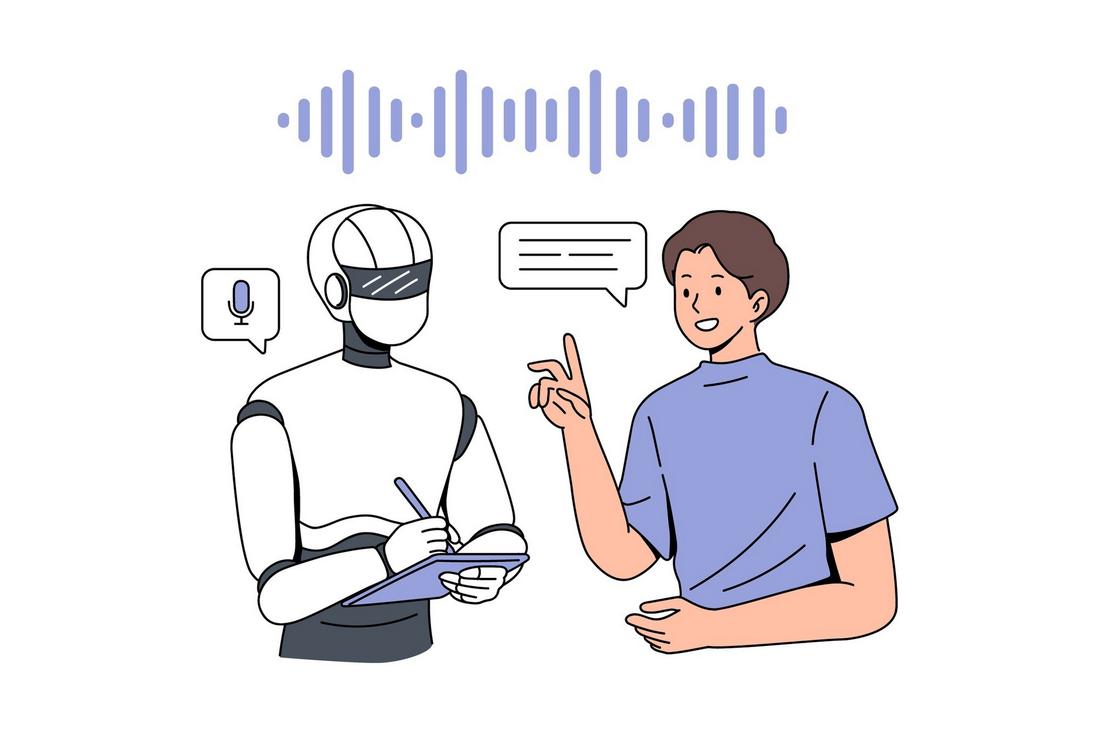
Despite how fast and impressive these tools are, they still have real limitations.
AI doesn’t understand your brand, your audience, or your business goals the way a human designer does. It works from patterns and data—not context, emotion, or creativity.
Lack of Strategy
UI design isn’t just about components—it’s about solving problems. Designers consider user behavior, accessibility, brand identity, and content hierarchy.
AI may be able to produce a sleek-looking layout, but it can’t decide which features should be prioritized or how to tailor the experience for a specific user base.
Generic Results
Most AI-generated kits rely on existing design trends. The results often feel polished but generic—good enough for a wireframe or concept, but lacking the nuance or uniqueness that a custom design brings.
When everyone uses the same AI tools, the risk of visual sameness grows.
Limited Creative Thinking
AI can remix and reproduce, but it doesn’t innovate the way humans do. It doesn’t think outside the box, challenge assumptions, or create something entirely new.
For teams looking to build distinctive, memorable user experiences, that human touch still matters.
The Role of Designers in an AI-Powered Workflow
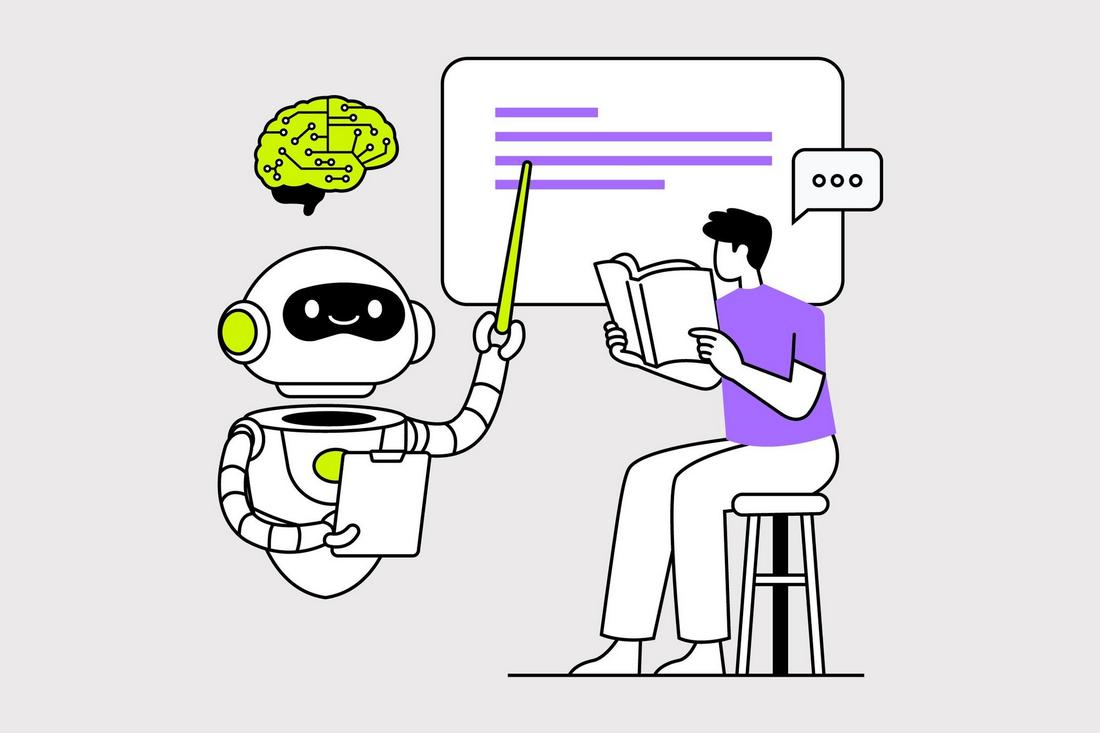
Instead of seeing AI as a threat, many designers are embracing it as a creative partner.
AI-generated UI kits can handle the repetitive, mechanical parts of design—like setting up grids, generating variations, or suggesting component styles—freeing up designers to focus on strategy, storytelling, and innovation.
Designers as Curators
In this new landscape, designers act more like curators and editors.
They select the best parts of AI-generated output, refine the details, and make sure everything aligns with the brand and user needs. The AI provides the draft; the designer brings it to life.
More Time for Problem Solving
With AI handling layout generation or pattern matching, designers can spend more time on UX research, prototyping, accessibility testing, and fine-tuning interactions—all areas where human insight makes a huge difference.
Better Collaboration
Designers can use AI to generate fast visuals during brainstorming or sprint planning.
This helps teams align more quickly and iterate with real visuals instead of abstract wireframes or vague descriptions.
It can also help communicate ideas to developers and stakeholders earlier in the process.
Will AI Replace UX Designers?
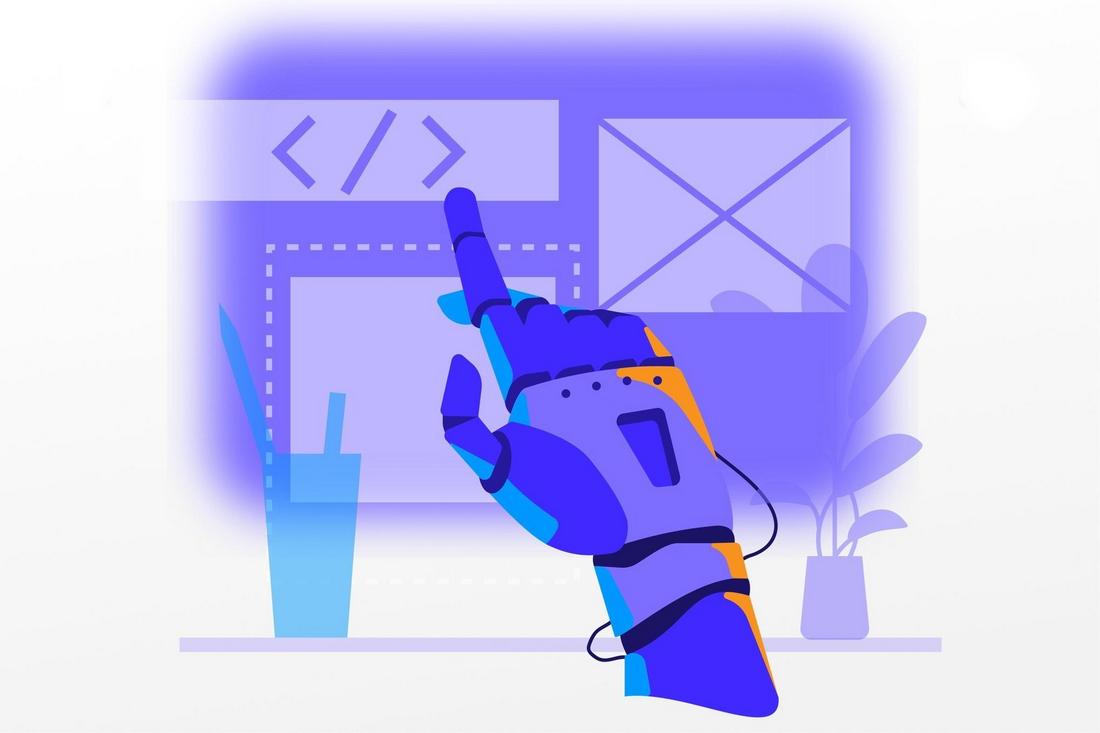
In its current state, AI is far from replacing UX designers. While it’s great at generating interface elements or organizing data visually, it can’t fully understand the context behind a design decision.
It can’t interview users, interpret human feedback, or make complex trade-offs between usability and business constraints.
UX design is deeply human. It requires asking the right questions, observing real behavior, and iterating based on insights.
These are skills that AI can support but not replace. In fact, many of today’s AI tools still rely heavily on designer input to refine, review, and improve their output.
So rather than thinking of AI as competition, it’s better to see it as a smart assistant, one that can speed up the workflow, generate ideas, and eliminate tedious tasks, but still needs a designer’s eye to make the final call.
How to Take Advantage of AI-Generated UI Kits
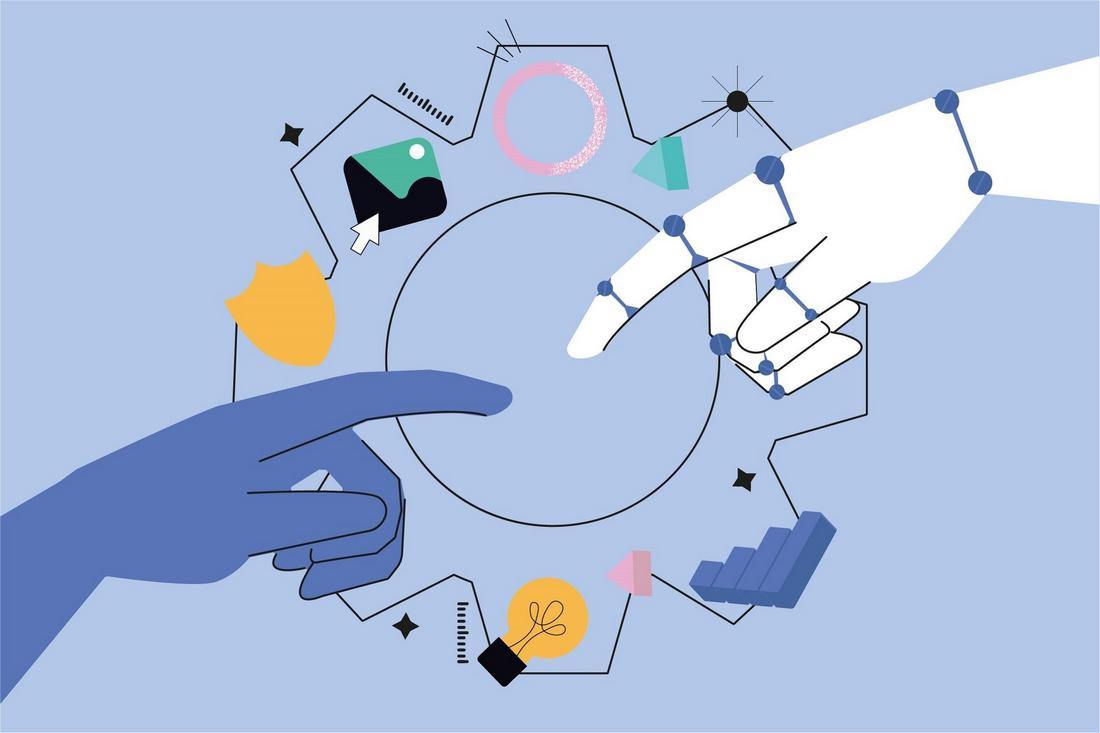
Instead of rejecting AI out of fear, look for ways to take advantage of it and improve your workflow.
1. Start With a Foundation, Then Refine
AI-generated kits are great for jumpstarting a project. Instead of starting with a blank canvas, you can get a functional layout in minutes.
From there, you can customize the visuals, refine the UX, and apply your unique brand style.
2. Speed Up Prototyping and Ideation
Need to explore multiple layout options fast? AI can give you quick iterations, letting you test different approaches before settling on the final design.
This is especially useful during early discovery or client presentations when speed matters.
3. Use AI for Wireframing and Low-Fidelity Design
Some tools can take plain text prompts or rough sketches and convert them into low-fidelity wireframes.
This helps communicate ideas faster and can be a great asset during user flow planning or stakeholder alignment.
4. Integrate With Your Existing Tools
Most AI UI kit generators work with popular platforms like Figma, Webflow, or code frameworks like React.
That means you can drop AI-generated components directly into your workflow without disrupting your design system.
5. Focus on What AI Can’t Do
Let AI handle the repetitive tasks—like spacing, layout grids, or element sizing—so you can focus on accessibility, storytelling, content strategy, and deeper design thinking.
This shift allows designers to become more like design strategists than asset creators.
In Conclusion
The rise of AI-generated UI kits isn’t the end of design, it’s the beginning of a new kind of workflow.
Instead of spending hours building layouts from scratch, designers can now start with smart, functional components and focus on the bigger picture: solving problems, shaping experiences, and delivering value.
AI is not here to take over, it’s here to assist. And for designers willing to adapt and embrace these tools, the future looks not just secure but even more creative.
